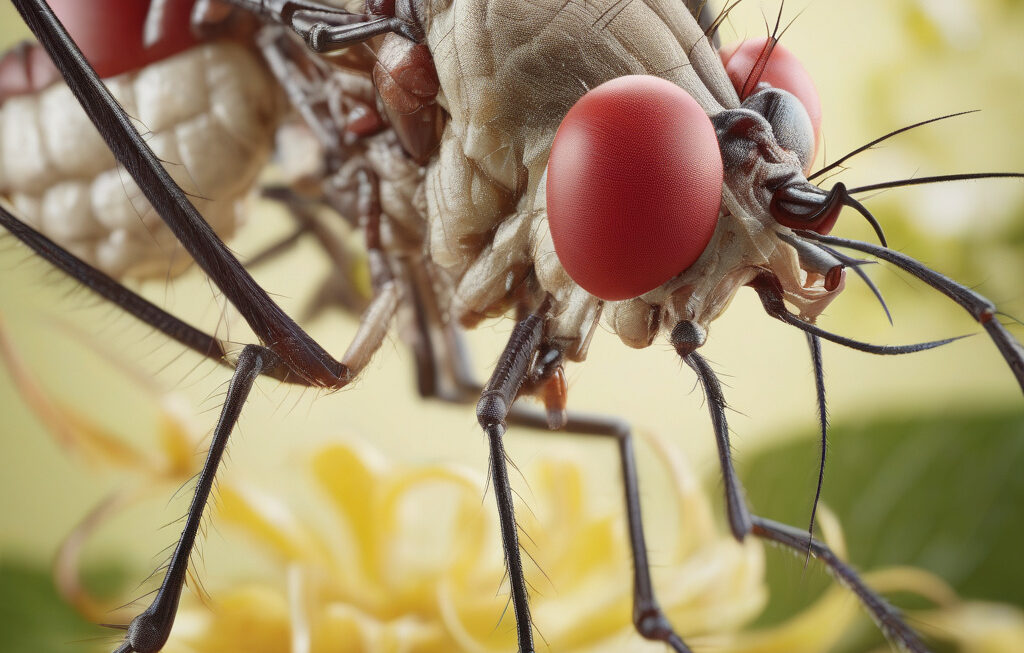US Scientists Steer Robot Dog with Graphene Brain Organoids in Lab Breakthrough
Scientists in the U.S. have used graphene and light to control a robot dog in a groundbreaking experiment that merges cutting-edge technology with biological components. This innovative approach involves the integration of graphene-based brain organoids with a robotic system, paving the way for a new era of biohybrid robots with enhanced capabilities.
Graphene, a highly conductive and flexible material, has been at the forefront of scientific research due to its unique properties. In this study, researchers harnessed the potential of graphene to develop brain organoids that mimic the complex neural networks found in the human brain. By incorporating these organoids into a robotic platform, scientists were able to establish a direct interface between biological tissue and a machine, enabling unprecedented control over the robot’s movements and actions.
The key to this remarkable achievement lies in the interaction between light and graphene. By using light to stimulate the graphene-based brain organoids, researchers were able to induce electrical signals that could be translated into commands for the robot dog. This innovative method of communication represents a significant advancement in the field of bioelectronics, offering a new way to interface living cells with artificial systems.
The implications of this research are far-reaching and hold great promise for the future of robotics and prosthetics. By incorporating biological components into robotic devices, scientists can create machines that are more adaptable, responsive, and autonomous. This technology could revolutionize a wide range of industries, from healthcare to manufacturing, by enabling the development of intelligent systems that blur the line between living organisms and machines.
One of the most exciting applications of this technology is in the field of prosthetics, where biohybrid robots could offer new solutions for individuals with mobility impairments. By integrating graphene-based brain organoids with robotic limbs, researchers could create prosthetic devices that are capable of interpreting neural signals and responding in real-time, providing users with unprecedented control and dexterity.
Furthermore, the integration of biological components into robotics opens up new possibilities for exploring the mysteries of the human brain. By studying how brain organoids interact with artificial systems, scientists can gain valuable insights into the principles of neural circuitry and behavior. This knowledge could lead to breakthroughs in neuroscience and contribute to the development of novel therapies for neurological disorders.
As technology continues to advance at a rapid pace, the convergence of biology and robotics is poised to revolutionize the way we interact with machines. The successful demonstration of controlling a robot dog with graphene brain organoids is a testament to the ingenuity and creativity of scientists pushing the boundaries of what is possible. With further research and development, biohybrid robots may soon become a common sight, blurring the lines between the natural and the artificial in ways we never thought possible.
In conclusion, the recent breakthrough in steering a robot dog with graphene brain organoids represents a significant milestone in the field of biohybrid robotics. By combining the unique properties of graphene with the complexity of the human brain, researchers have unlocked new possibilities for creating intelligent and adaptive machines. As we look towards the future, the fusion of biology and technology holds immense potential for transforming industries and enhancing the quality of life for people around the world.
US, Scientists, Graphene, Robot Dog, Breakthrough












